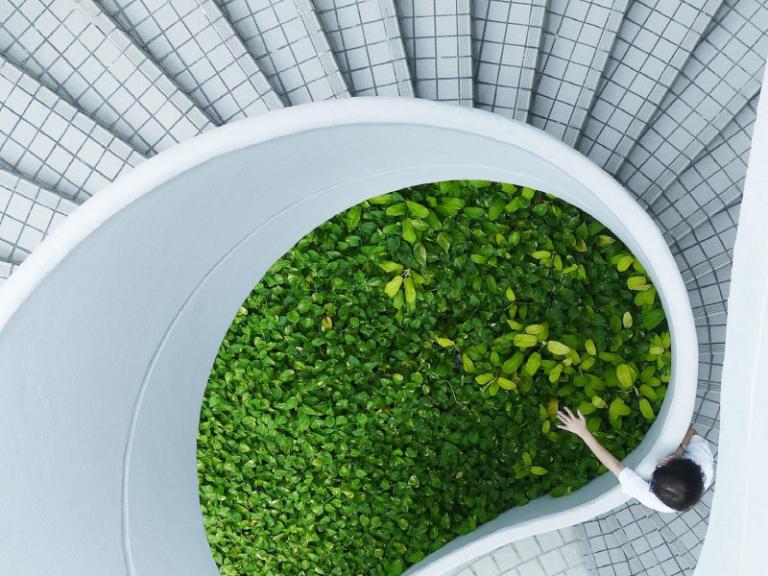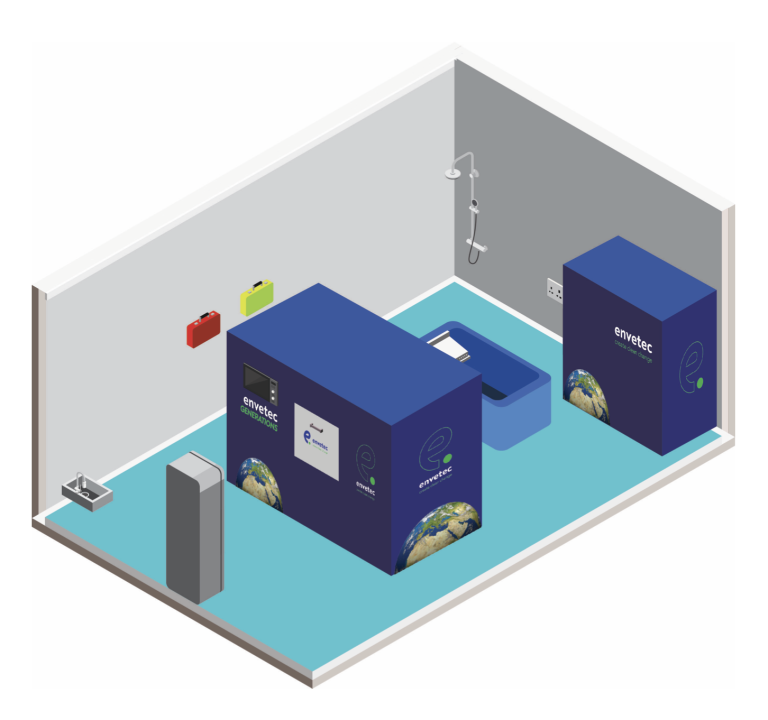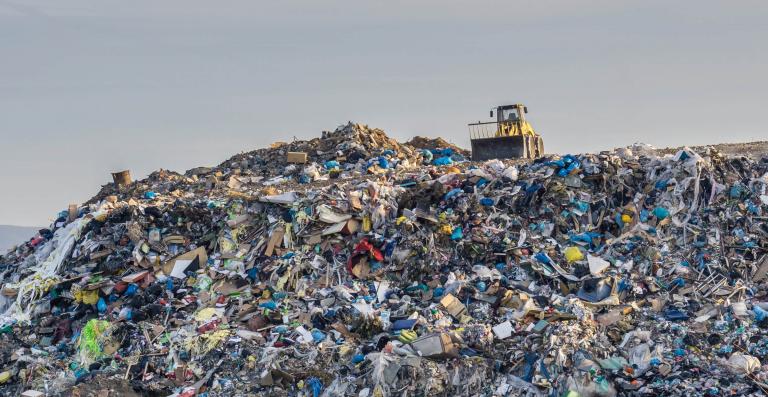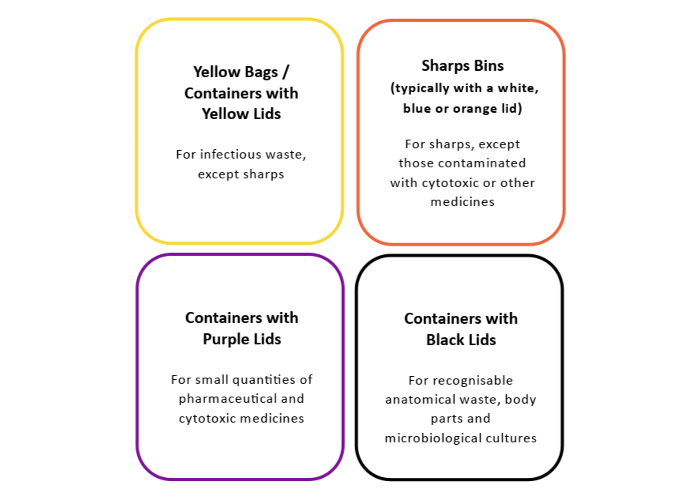
GHG Emissions Avoidance – Biohazardous Waste Recycling
Unlocking Environmental Benefits: Comparing Plastics Recovered from Biohazardous Waste to Virgin Plastics in the Laboratory Setting ... read more ›

Unlocking Environmental Benefits: Comparing Plastics Recovered from Biohazardous Waste to Virgin Plastics in the Laboratory Setting ... read more ›

GENERATIONS is the first onsite treatment technology to feature an effluent particulate filtration system as standard. Why is it important? Effluent filtration is essential for ensuring the safety of ... read more ›

Comparing emissions from onsite non-thermal treatment of Biohazardous waste to traditional treatment methods ... read more ›

In our modern world, the disposal of plastic waste has become a pressing issue, with incineration and landfilling being two common methods employed. However, the negative impacts of these practices ar ... read more ›

The healthcare sector, whose mission is protecting and promoting health, makes a major contribution to the climate crisis. Healthcare’s climate footprint is equivalent to 4.4%* of global net emissio ... read more ›

The HSE Waste Management handbook defines Healthcare Waste as solid or liquid waste arising from healthcare or health related facilities. The waste comprises two fractions, namely risk waste and non-r ... read more ›

The aim of this study was to assess the suitability for recycling of output materials from thermal and non-thermal treatment technologies. The study compares details of post-processed output materials ... read more ›

In partnership with the National Renewable Energy Labs (NREL) and Envetec, My Green Lab has developed a standard testing method for steam sterilizers/autoclaves to enable the comparison of energy a ... read more ›

In October 2018, the Intergovernmental Panel on Climate Change (IPCC) issued an alarming report which found that staving off the worst impacts of climate change by limiting global warming to 1.5°C, t ... read more ›